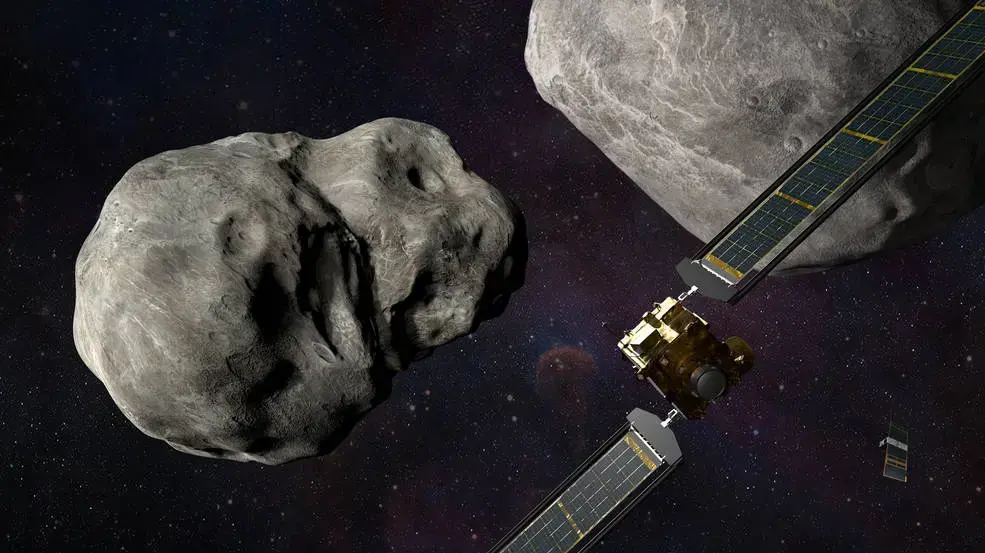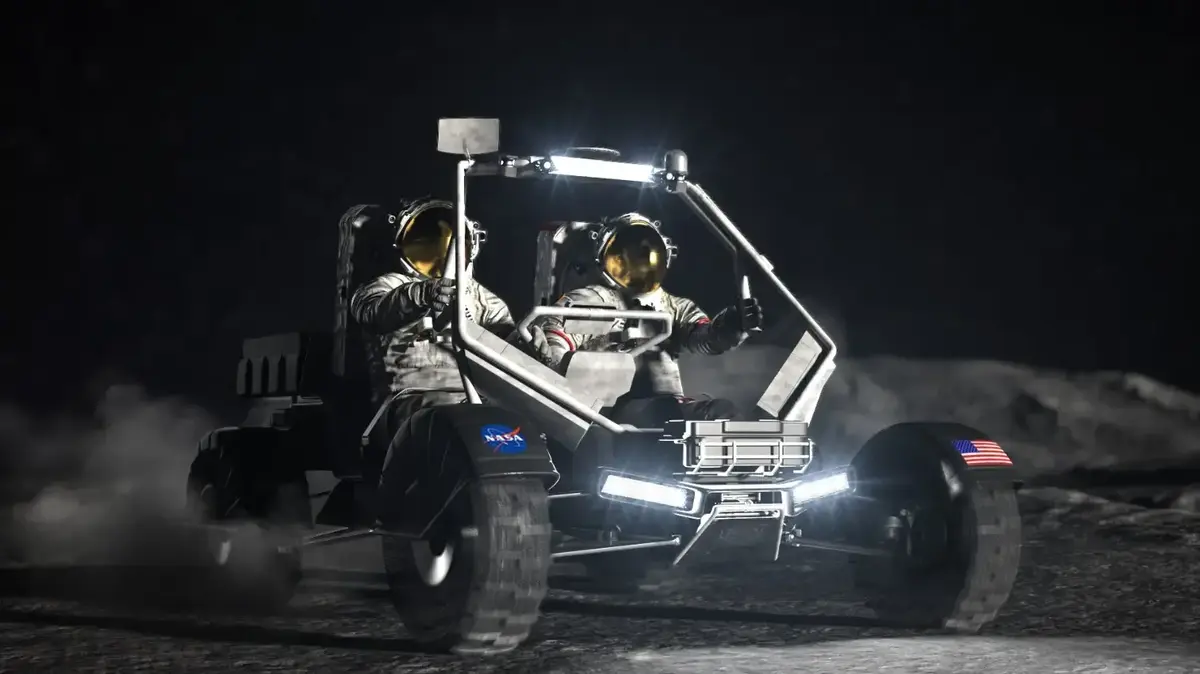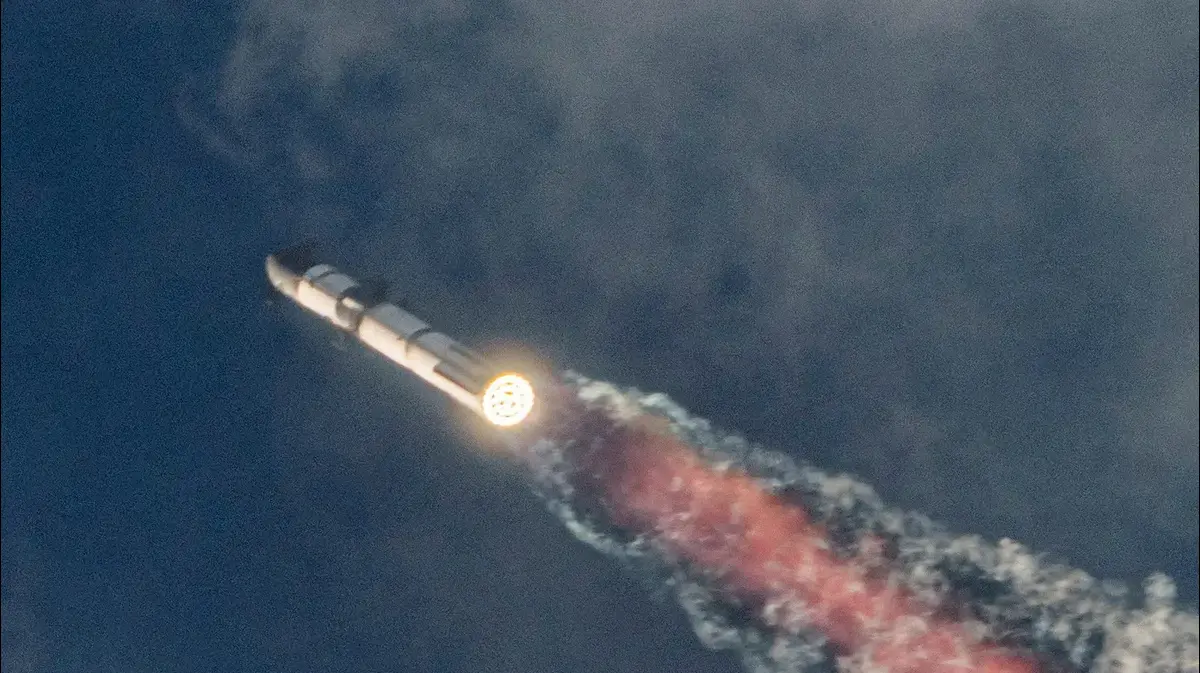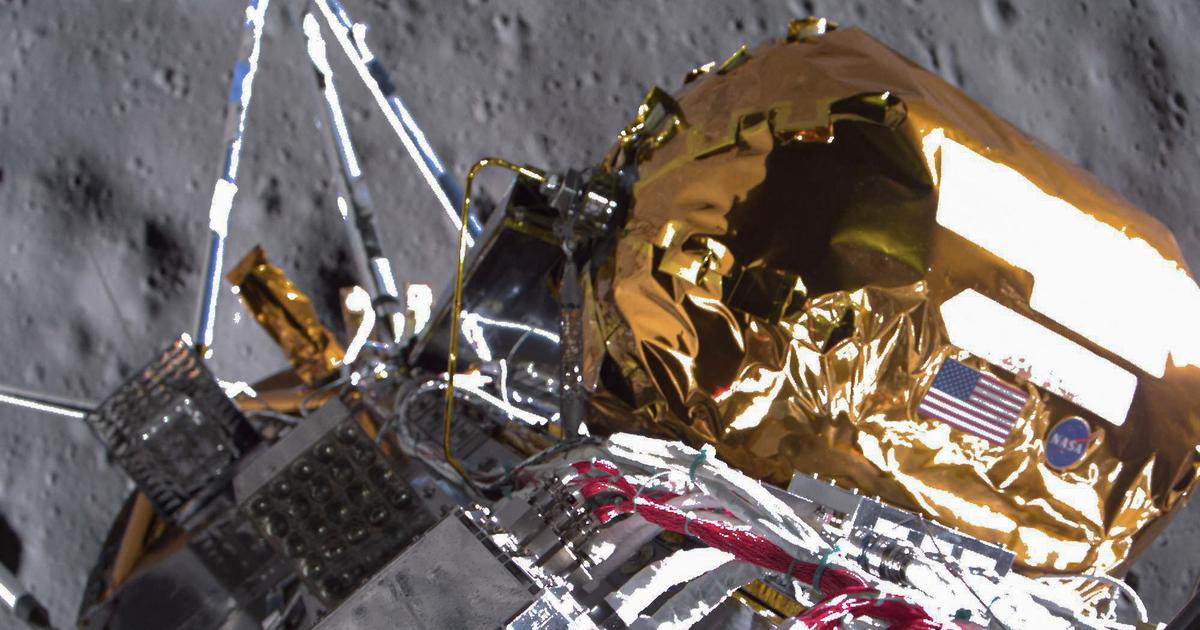Has located the target: the NASA spacecraft is on its way to crashing into an asteroid
NASA's DART spacecraft, which was designed to test the possibility of deviating asteroids from their orbit by hitting them, located its target in its imaging systems: the moon Dimorphos, in the Didymus double asteroid system
Lilian dialect
14/09/2022
Wednesday, September 14, 2022, 11:22 am Updated: 11:29 am
Share on Facebook
Share on WhatsApp
Share on Twitter
Share by email
Share in general
Comments
Comments
On the way to a collision: the photo published by NASA (Photo: NASA)
NASA's DART spacecraft got its first glimpse of its target: the double asteroid system, which includes its target, the moon Dimorphus. On the 26th, DART will crash into Dimorphus on purpose. Although the pair of asteroids (Didymus and its moon Dimorphus) are not dangerous Earth, this is NASA's first attempt at an "asteroid interceptor system": a defense system that uses a dedicated spacecraft to divert an asteroid from its orbit for planetary defense purposes.
The image released by the US space agency of the targets this week is actually a composite of 243 images taken by DART's imaging system, Draco, on July 27.
From this distance, of about 35 million kilometers, the system still looks very small and fuzzy, and the agency's space experts doubted that DART even detected the target.
"This is the first series of images used as a test to test our imaging capabilities," Elena Adams, a systems engineer on the DART mission at the Johns Hopkins Applied Physics Laboratory in Laurel, Maryland, said in a release.
"The image quality is similar to what we could get from telescopes here, but it's important to show that Draco is working properly and can 'see the target' to be able to make course corrections, before we start using the images for autonomous navigation of the spacecraft," adds Adams.
"Although the team has already conducted several navigation simulations using images not taken with the Draco system, DART will ultimately rely on its ability to see and process images of Didymus and Dimorphos...to guide the spacecraft to the asteroid, particularly in the four hours leading up to impact. At this point, DART will have to navigate itself to hit the target successfully, without human intervention," says the systems engineer.
Over the course of the next three weeks, the DART team will make several course corrections to reduce the margin of error in the impact course.
After the last maneuver on September 25, the level of accuracy should reach a range of two kilometers.
From there, DART will navigate itself to collide with the moon.
technology
Tags
NASA
asteroid








